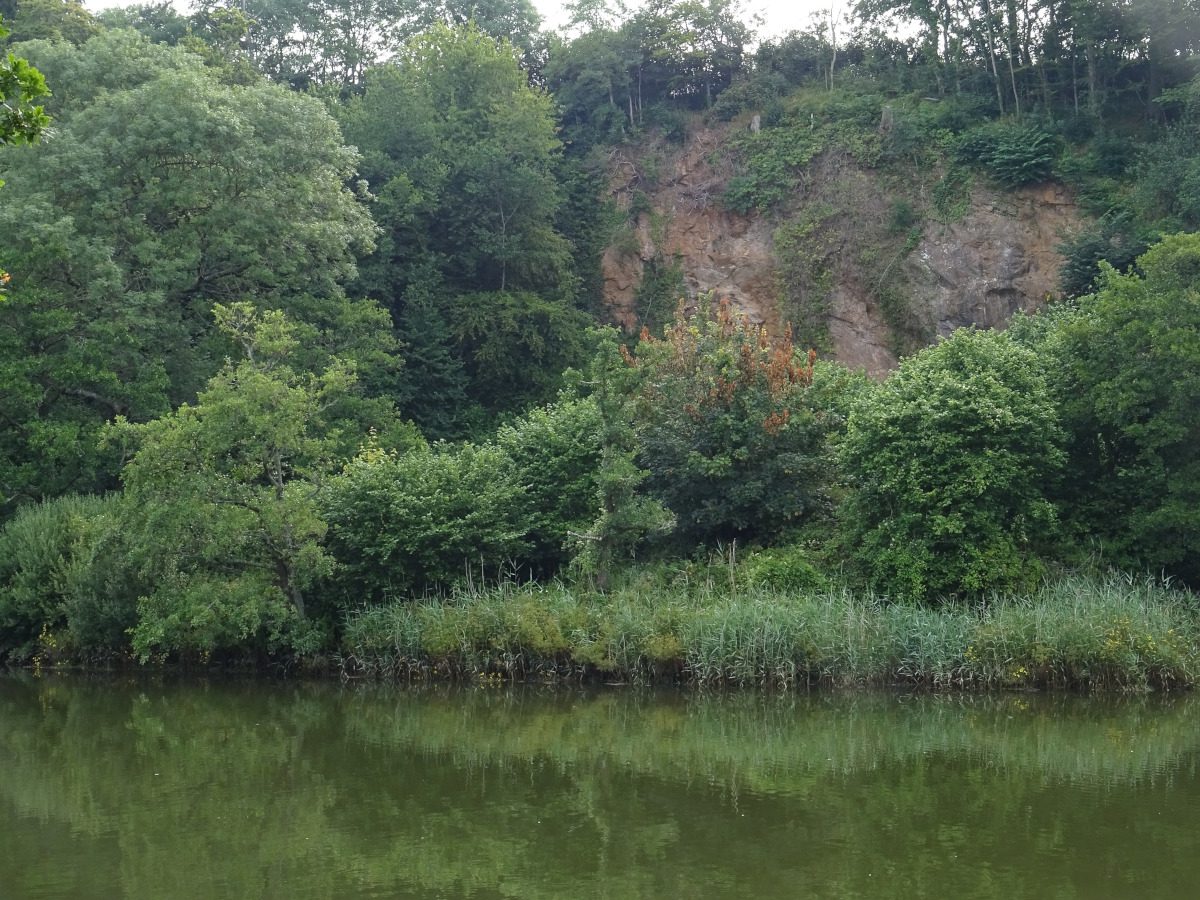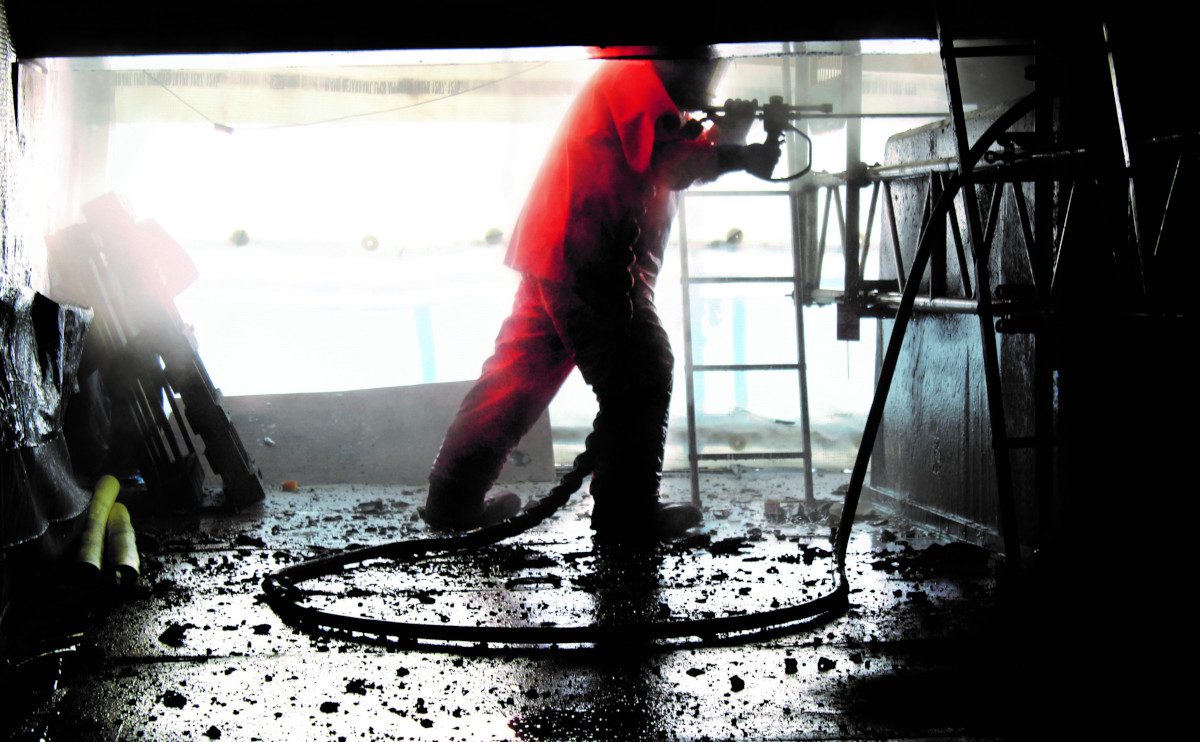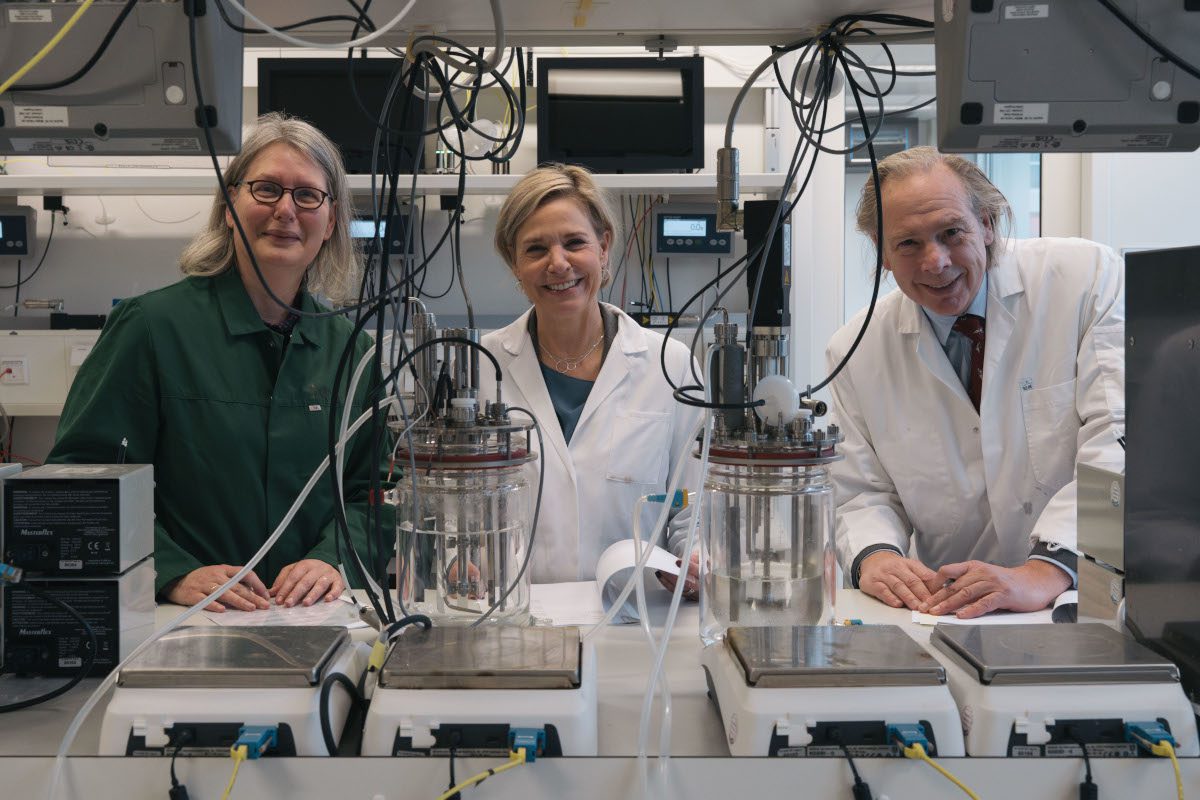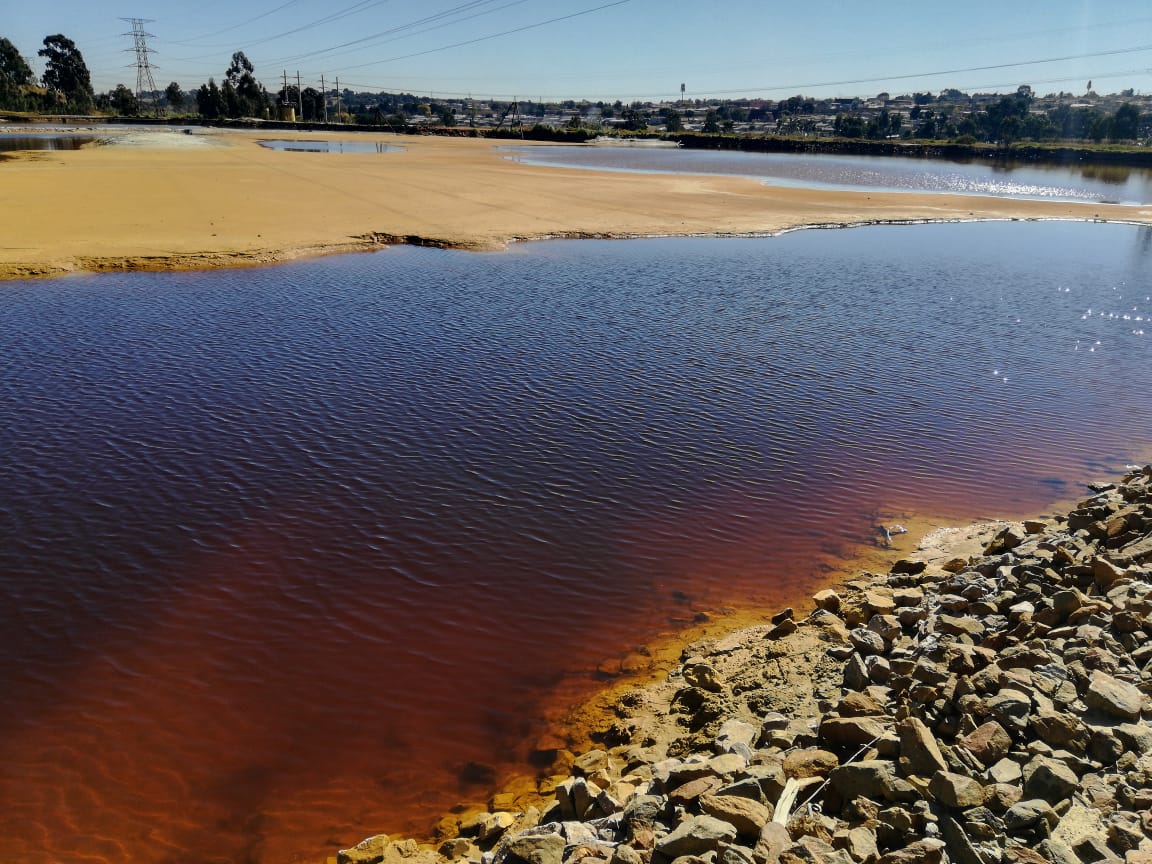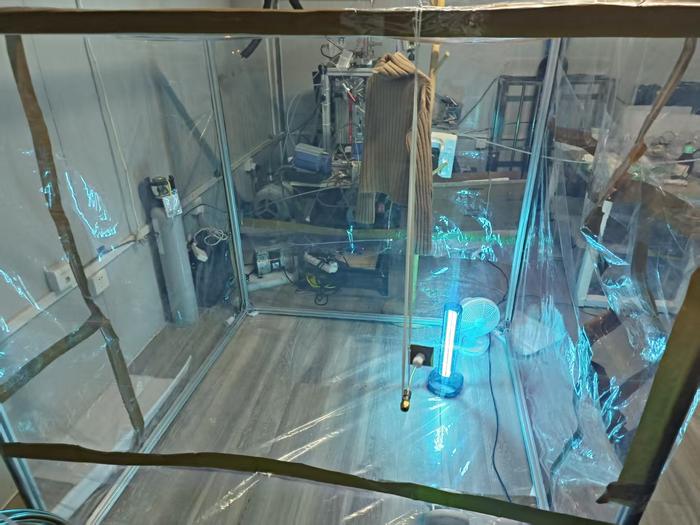A real-time, low-cost algal bloom monitoring system has been developed by Korean researchers, employing inexpensive optical sensors and a novel labeling logic. The system achieves higher accuracy than state-of-the-art AI models such as Gradient Boosting and Random Forest, according to the group behind it, from Korea Institute of Civil Engineering and Building Technology (KICT).
Harmful algal blooms (HABs) pose significant threats to water quality, public health, and aquatic ecosystems. Conventional detection methods such as satellite imaging and UAV-based remote sensing are cost-prohibitive and not suitable for continuous field operation.
To address this issue, the group has developed a compact, sensor-based probe that integrates ambient light and sunlight sensors into a microcontroller-based platform. The device categorizes water surface conditions into four labels — “algae,” “sunny,” “shade,” and “aqua”—based on real-time readings from four sensor variables: lux (lx), ultraviolet (UV), visible light (VIS), and infrared (IR).
Sensor data labeling was processed using a Support Vector Machine (SVM) classifier with four input variables, achieving 92.6% accuracy. To enhance performance further, the research team constructed a sequential logic-based classification algorithm that interprets SVM boundary conditions, boosting accuracy to 95.1%.
When applying PCA (Principal Component Analysis) for dimension reduction followed by SVM classification, accuracy reached 91.0%. However, applying logic sequencing on PCA-transformed SVM boundaries resulted in 100% prediction accuracy, outperforming both Random Forest and Gradient Boosting models, which reached 99.2%. This approach demonstrates that simplicity and logic can outperform complexity, especially in constrained environments.
“The logic-based framework demonstrated exceptional robustness and interpretability, especially for real-time deployment in embedded systems,” said Dr Jai-Yeop Lee of KICT’s Department of Environmental Research, who led the work. “It outperformed ensemble tree methods in small-sample settings and is ideal for field-based MCU environments.”
The system also quantifies chlorophyll-a (Chl-a) concentrations, an essential marker for harmful algal blooms, using a Multiple Linear Regression (MLR) model. The model, derived from the same four sensor inputs, is said to achieve a 14.3% error rate for Chl-a levels above 5 mg/L, making it reliable for practical field use. “Unlike complex nonlinear models, the MLR model runs efficiently on low-power devices and is easily interpretable and maintainable.”
The study is presented as a significant advance in affordable and accessible water quality monitoring. “By combining low-cost IoT sensor technology with efficient logic-based modeling, the system enables real-time algal bloom detection without the need for expensive hardware or extensive training data.”



